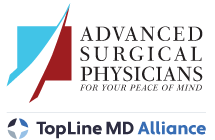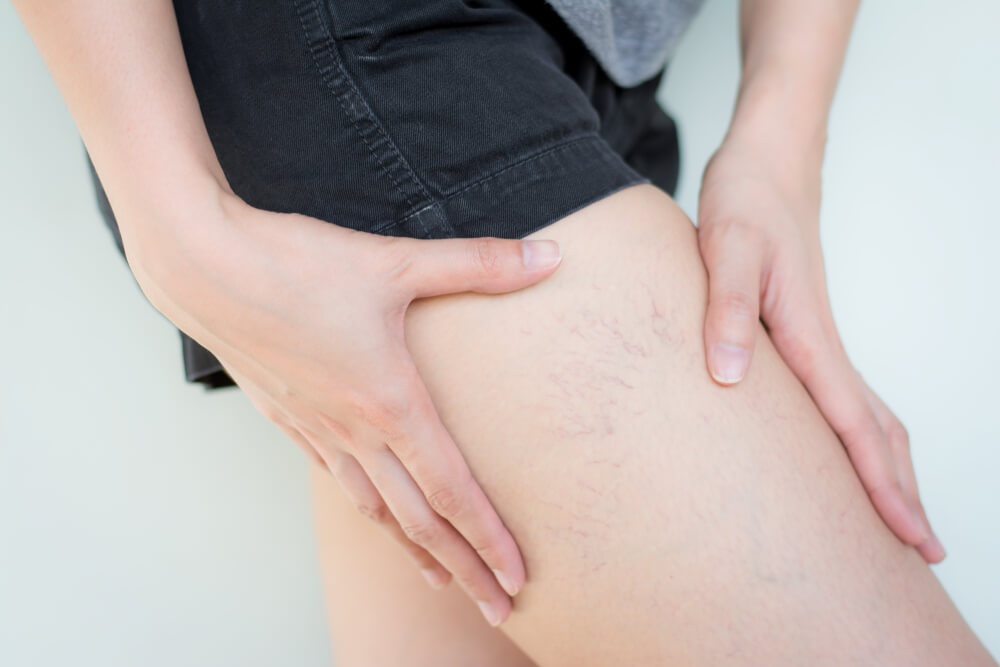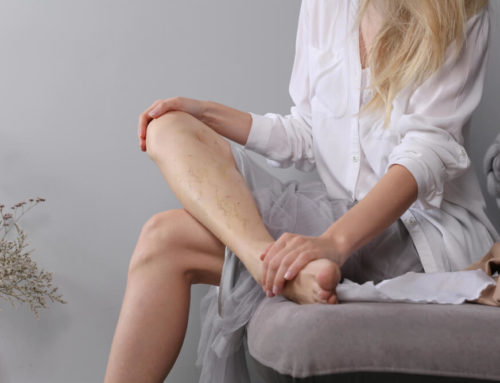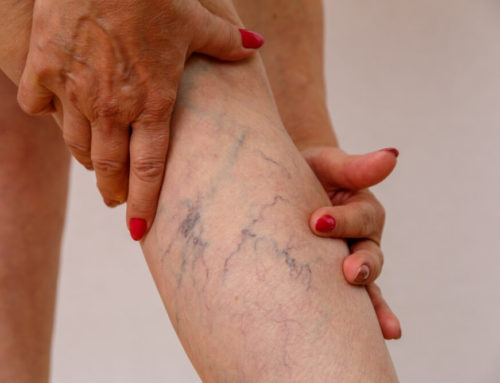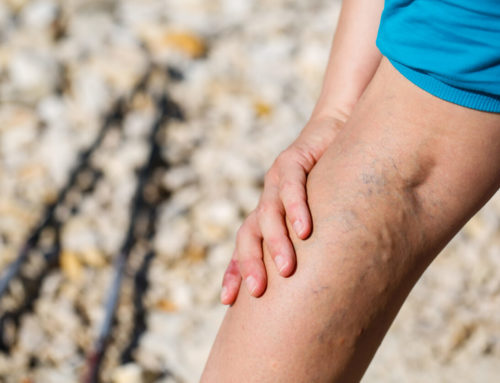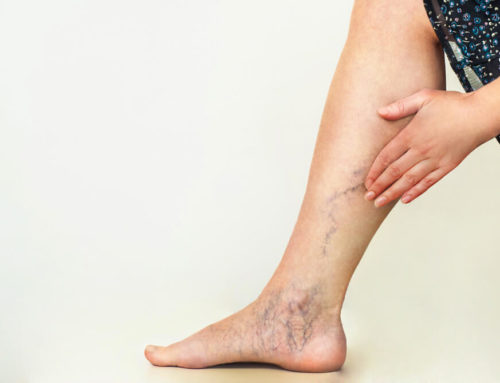We’ve all seen varicose veins: those unsightly, bulging purple or blue veins, mostly in people’s legs. The sad reality is that around 40 million Americans suffer from this disease, with women more prone to develop varicose veins than men. And varicose veins in Palm Beach county are as prevalent as anywhere else in the US.
But what exactly are varicose veins? This disease occurs when the veins near the surface of the skin become twisted, enlarged, and often purple or blue. And, although the veins in your legs have a higher probability to become affected, any vein has the potential to become varicose
Varicose veins develop when the valves in the veins that are responsible for preventing blood from flowing backward start to leak. This causes blood to pool in these veins. Often the vein walls also weaken and become unable to deal with the pressure from the higher amounts of blood. Scientists believe that these factors lead to twisting and enlargement of the veins. Sufferers often complain about varicose veins pain and their legs feeling hot.
Risk Factors For Getting Varicose Veins
If you have a history of varicose veins in your family or you are overweight, you have an above-average risk of developing this condition. Because of the ongoing wear and tear of your veins, the risk of developing varicose veins also increases the older you get.
Diagnosing Varicose Veins
If you suffer from varicose veins pain and/or varicose veins bruising it’s not a good idea to just ignore these symptoms. Visit an expert on varicose veins in Palm Beach County (like us) to do the necessary tests and start treatment.
We can diagnose varicose veins via a physical examination of your lower legs. This is often followed by a doppler ultrasound, which will tell the physician more about the blood flow and the particular vein or veins that are affected.
It is important to go for an examination if you experience symptoms such as your legs feeling hot, varicose veins bruising, or varicose veins pain.
Dangers of Varicose Veins
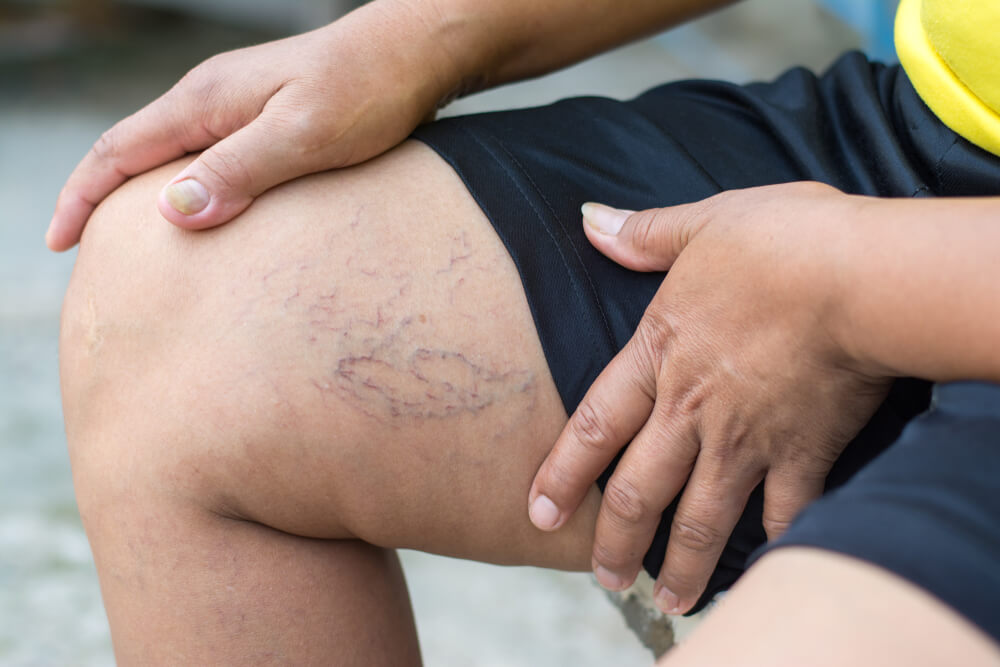
At this stage, it’s important to tell our readers that varicose veins are not merely a cosmetic nuisance. They could be a symptom of problems with your circulatory system. And if they are not treated, they may pose a threat to your health in ways you never expected. This is why, at the first signs of this disease, you should visit us. We are experts on varicose veins. Examples of the dangers of varicose veins include:
- Deep Vein Thrombosis. When a blood clot develops in a deep vein we refer to it as DVT or deep vein thrombosis. People who suffer from varicose veins have a higher likelihood to develop one or more of these blood clots. Where DVT becomes really dangerous is when one of these blood clots breaks off and is let loose into your bloodstream, where it can cause widespread damage to organs such as the heart.
One of the biggest dangers of varicose veins is developing a pulmonary embolism, which is caused by a blood clot from the affected leg that finds its way to your lungs where it blocks a major artery. It can cause shortness of breath and chest pain. You might also cough up a pinkish-red fluid.
If you suffer from symptoms such as varicose veins bruising, varicose veins pain, or your legs feeling hot your best option is to visit an expert on varicose veins.
- Superficial Thrombophlebitis. This scary-sounding disease is actually not one of the biggest dangers of varicose veins but it can nevertheless make your legs more prone to minor traumas. It’s an inflammatory process that is often diagnosed in varicose veins that causes blood clots to develop in a single or multiple veins near the skin’s surface.
3. Chronic Venous Insufficiency. Varicose veins are often caused by this condition, which is generally known as CVI among medical experts. It happens when blood starts pooling in the veins in one or both of your legs. This makes it hard for the blood to flow from your legs back to your heart. That, in turn, causes a circulation deficiency that could result in fluid accumulating in the affected leg or legs – a condition referred to as edema. See below for more information on that.
Individuals who suffer from CVI often complain about cramps, varicose veins pain, their legs feeling hot, and a feeling of weakness in the affected leg or legs. This in turn negatively impacts their mobility and has a detrimental effect on their quality of life.
- Changes To Your Skin. People who suffer from varicose veins may experience fairly simple skin changes like varicose veins bruising and hyperpigmentation, where the skin develops darker regions. More serious complications include issues such as varicose eczema, venous dermatitis, and lipodermatosclerosis.
Venous dermatitis causes inflammation in the skin which makes it scaly, dry, or sometimes wet (weeping) in appearance. The biggest risk of venous dermatitis is that the top layer of your skin becomes chronically inflamed. This could lead to a wound that can eventually develop into an ulcer.
Lipodermatosclerosis refers to the progressive scarring and thickening of the skin. Because of the continuous increase in venous pressure, this can affect the underlying fat (subcutaneous) tissue. This condition is often also referred to as fat necrosis because of the fat tissue that becomes a raised brow or red region in the skin of your lower leg. It can cause extreme varicose veins pain, varicose veins bruising , and leave you with legs feeling hot and uncomfortable. If you think you might have lipodermatosclerosis you should consult a physician without any delay.
- Bleeding Caused By Varicose Veins. Hemorrhage and bleeding often occur in people with large, bulging varicose veins in their lower legs because they easily bump themselves against the edge of a wall or a table leg. Since these individuals already have veins with very thin walls they are very susceptible to bleeding after such an event.
Fortunately, the bleeding is usually minor and can easily be controlled. But if you start bleeding profusely you should immediately find your way to the nearest emergency room.
- Developing Swelling In Your Legs. It is very common for pressure to build up inside varicose veins. This can cause fluid to leak from the bloodstream into the surrounding tissue, which in turn causes swelling. Signs that this is happening can include that after you remove your shoes or socks, an impression is left in your skin. Another symptom is a tight feeling in your skin.
In more serious cases, the affected leg or legs might become severely swollen and your shoes may no longer fit. A clear or yellowish fluid might even start leaking from the skin in the affected area. Elevating the affected leg may improve the symptoms. One can also buy special elastic socks generally referred to as compression stockings. If the swelling doesn’t stop, it can cause issues such as a change in the color of the skin or hardening of the skin .
Preventing Varicose Veins
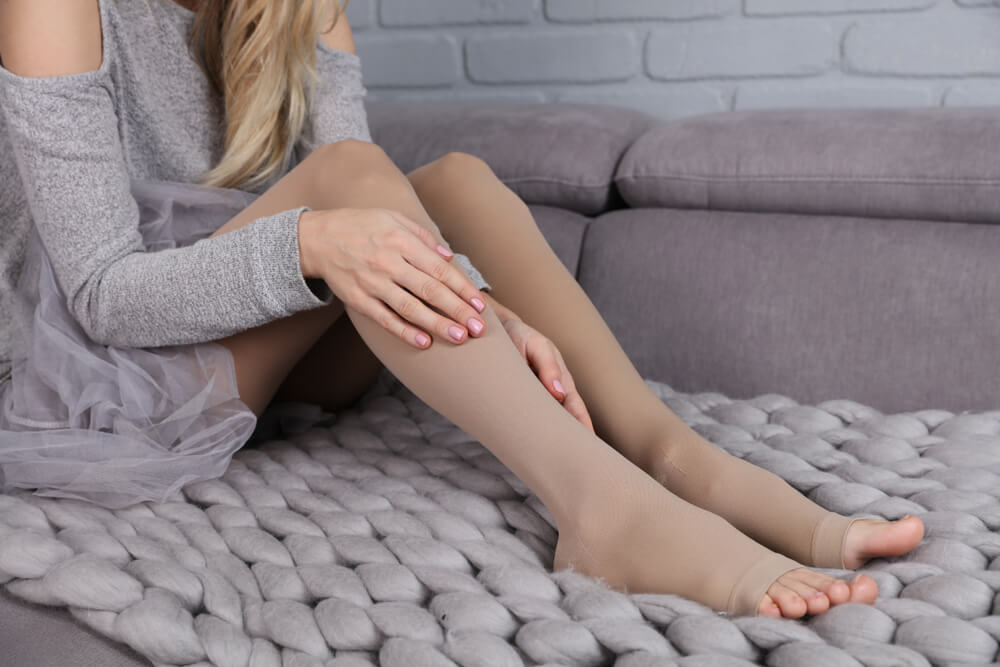
It’s unfortunately difficult to prevent varicose veins. What might reduce the risk is being physically active. This can improve your blood flow, which in turn could at least help to delay the onset of varicose veins. What is important is to know that, if you develop varicose veins, there are treatment options that can help prevent potentially life-threatening complications.
Treating Varicose Veins
If you manage to catch varicose veins early, compression stockings will help to keep the build-up of venous blood in your legs in check. This should help with symptoms. However, it does not solve the underlying problem.
If compression stockings fail to do the job and your symptoms don’t improve, there are various minimally invasive procedures available.
One common option is endovenous laser therapy. This involves the use of laser beams to shut down the affected vein. And we kept the best news for last: it only takes about an hour and can be done during a visit to outpatients.
The Bottom Line
By now you probably know more about varicose veins than most of your friends. If you want to share your personal experience with us or you have a question, feel free to leave a comment below. But if you are experiencing any of the signs of varicose veins mentioned above and you haven’t done anything about it yet, it’s time to get help. Start by visiting our website to learn what we can do for you.

